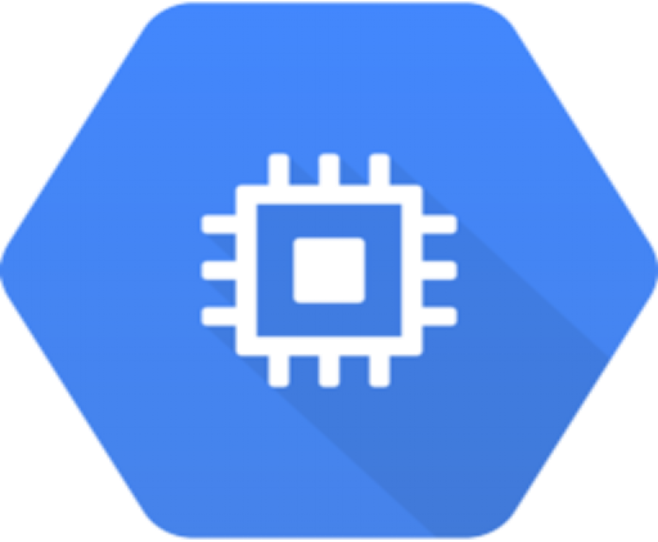Azure Cloud Platform
Azure stream analytics
To get real-time analytical computation on streaming data we need a fully managed event processing engine that is provided by Azure Stream Analytics. Data is gathered from devices, social media, websites, application and more.
Things you can do with Stream Analytics
You can use stream analytics to analyze a high volume of data that comes from different sources, take out information from the data stream and you can also find out patterns, trends and more. You can perform applications tasks based on the content of the data.
Examples
- Fraud detection can be done in real time.
- Stoke analysis in real time and alters by companies.
- Protection of identity and data.
Working with Stream Analytics
It starts at the opening of streaming data. The data is transferred into Azure from a device. The data can also be obtained from Azure storage.
A Stream Analytics job is created that looks for the origination point of data, it is done to examine the stream. Transformation is specified by the job - how to recognize patterns, relationships, data. For this task, a SQL like a query language is used which is supported by Stream Analytics that gives you an opportunity to sort, aggregate, filter and over a time period join a streaming data.
Finally, the output is specified by job to send transformed data. On basis of analyzed information, you can give a controlled response. Like in response you can send a command to change the setting of a device.
It can be monitored by you and adjust the number of events it processes per second while a job is running. For troubleshooting, you can have the job that produces diagnostic logs.
Capabilities and Advantages
Stream Analytics is designed in such a way that it is easy to use, economical, flexible and any job size is scalable. Many inputs and outputs can be connected
For stream ingestion Stream Analytics can be directly connected to Azure IoT Hub and Azure Event Hub and to ingest historical data you can connect to Azure Blob storage service. The data is collected from event hubs, Stream Analytics can be combined with processing engine and other data sources.
Reference data can be included in Job input. This reference data can be joined to streaming data to perform lookup operation the same way as database queries.
Output can be routed in many directions. You can move to storage such as Azure SQL DB and much more. From there, via Azure HDInsight data may go for batch analytics. Output can be sent to another service to be consumed by another process, like event hubs, queue. For visualization, you can send output to power BI.
Easy to use
With no programming, you can create sophisticated analyses. Input can be taken in form of streaming data by the use of query language. You can then perform calculations, use geospatial functions, filter and sort data, aggregate values. Using syntax checking and IntelliSense you can edit queries portal. Data extracted from live streaming can be used to test queries on sample data.
Extended query language
By defining and invoking additional function you can extend capabilities of the query language. To take advantage of Azure Machine Learning Solutions function call can be defined at Azure Machine Learning Service. In order to perform a complex calculation, you can integrate JavaScript user-defined function.
Scalable
1GB incoming data can be handled by Stream Analytics. Millions of events per second can be ingested by integrating with Azure Event Hub and Azure IoT Hub.
Must Read Article
How to create a VM instance in Azure
In this Tutorial we are going to launch a Virtual Machine in azure.
How to install WordPress on VM instance in Azure
Before you start installing WordPress on VM instance on Azure. You must log in into the machine. You can launch a VM Instance in Azure using this tutorial. After launch of machine log in into the machine using SSH. If you do not know how to SSH in VM instance you can follow this tutorial.

How to launch a VM instances in Google Cloud
In this tutorial we are going to launch a Compute Egine instance.

How to install WordPress on VM instance in Google Cloud
Before you start installing WordPress on VM instance on Google Cloud. You must log in into the machine. You can launch a VM Instance on Google Cloud using this tutorial. After launch of machine log in into the machine using SSH. If you do not know how to SSH in VM instance you can follow this tutorial.

How To Launch EC2 Machine
In this article we are going to learn how to launch a EC2 instance. For this you need to have AWS account.

How to install WordPress on ec2 machine
Before you start installing WordPress on ec2 machine. You must log in into the machine.



